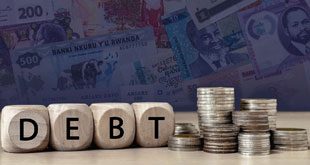
The gas coming out of the exhaust pipe of your vehicle should be colourless. That means the vehicle engine is behaving normally i.e. burning fuel and cooling as it should.
Always look behind via the driving mirrors while driving. If you can see smoke in the mirror, suspect a problem. You should not be seeing any smoke. But do not worry if the smoke is slightly light blue. That too indicates the engine is normal. However, there are three main exhaust fume colours that you should worry about: Blue/gray smoke, black smoke, and white smoke.
Blue/Gray Smoke
Blue/gray exhaust smoke is an indication of oil burning in the combustion chamber. These are possible symptoms and causes:
- Valve Seals: Leaking valve seals will cause blue/gray exhaust smoke.
- Valve Guides: Excessive clearance between the valve stem and the valve guide allows oil to leak past the gap into the cylinder.
- Piston Rings: Worn or damaged piston rings will cause blow-by, resulting in blue/gray smoke.
- Worn Cylinder Walls: Worn cylinder walls cause blow-by, resulting in blue/gray smoke.
Black Smoke:
Black exhaust smoke is an indication of a rich fuel condition. These are possible causes:
- Fuel Injectors: A leaking or dripping fuel injector will cause a rich fuel condition.
- Fuel Pressure Regulator: A stuck closed fuel pressure regulator will cause a rich fuel condition.
- Fuel Return: A restricted fuel return line will cause a rich fuel condition.
White/Gray Smoke:
White exhaust smoke is an indication that coolant is burning in the combustion chamber. These are possible causes:
- Cylinder Head: A crack in the cylinder head (around the coolant jacket) will cause coolant to enter the combustion chamber.
- Engine Block: A crack in the deck of an engine block near the coolant jacket will cause coolant to enter the combustion chamber.
- Head Gasket: A damaged or blown head gasket will cause coolant to enter the combustion chamber resulting in white/gray smoke coming from the tailpipe.
The most common form of smoke from an exhaust is not actually smoke at all. When a cold engine is started, it soon begins to heat up, and a byproduct of this is water vapour. This creates condensation within the exhaust system, which then turns into steam as the water vapour is heated up by the rising temperatures in the engine and exhaust that follow.
****
 The Independent Uganda: You get the Truth we Pay the Price
The Independent Uganda: You get the Truth we Pay the Price



